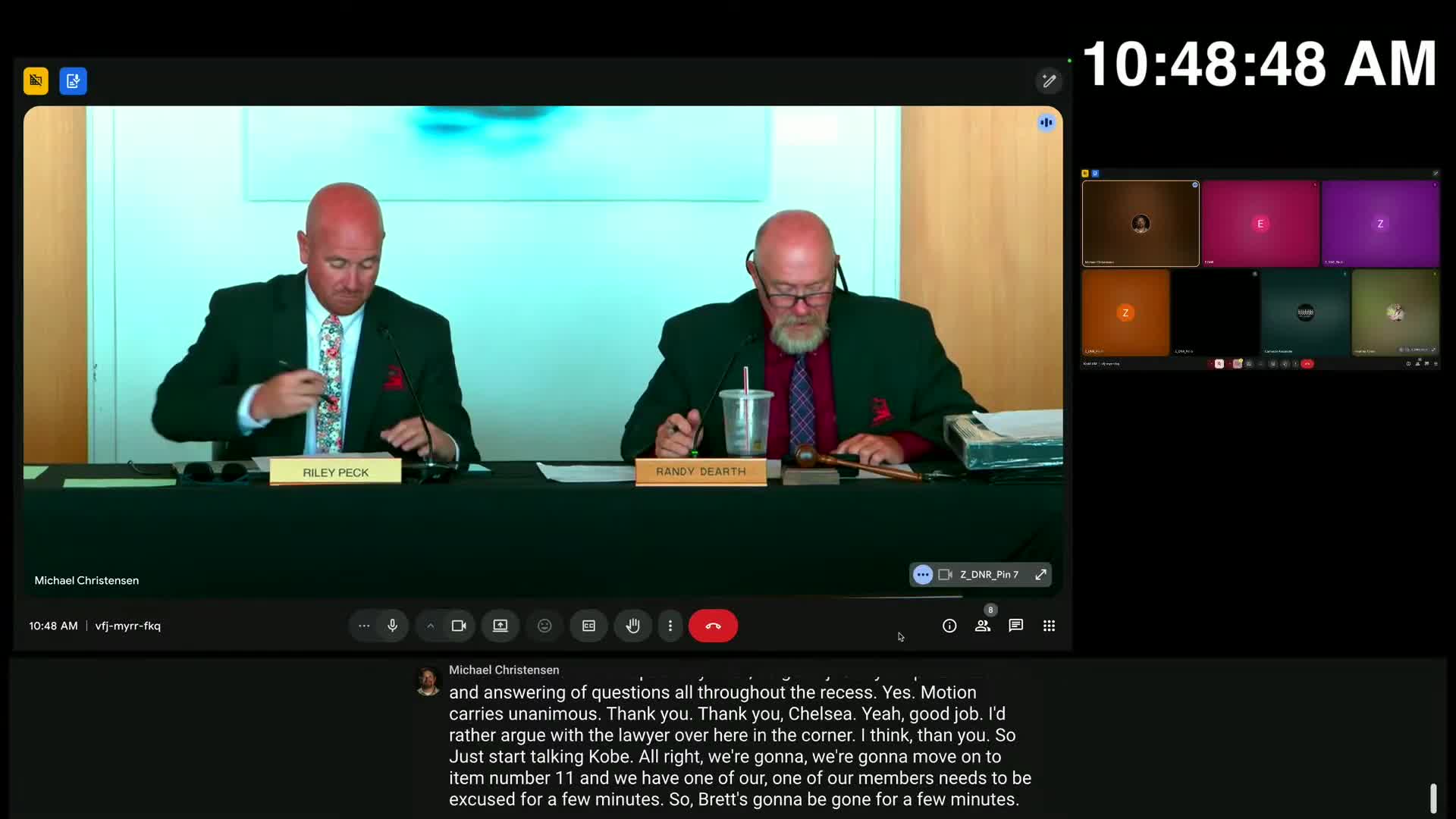Wildlife board approves sage grouse translocation and updates on pen-reared game bird rules
June 13, 2025 | Utah Wildlife Board, Boards and Commissions, Organizations, Utah Executive Branch, Utah
Thanks to Excel Chiropractic and Scribe from Workplace AI , all articles about Utah are free for you to enjoy throughout 2025!

This article was created by AI using a video recording of the meeting. It summarizes the key points discussed, but for full details and context, please refer to the video of the full meeting. Link to Full Meeting
One of the primary topics was the proposed translocation of sage grouse to enhance their populations in areas with suitable but currently unoccupied habitats. The board discussed moving birds from regions with healthy populations, such as Blue Mountain and Diamond Mountain, to Tidwell Slopes and Browns Park. This initiative aims to bolster sage grouse numbers and utilize vacant habitats effectively. Board members expressed their appreciation for the ongoing management efforts, noting that sage grouse are currently not federally listed as endangered due to successful state conservation actions.

Before you scroll further...
Get access to the words and decisions of your elected officials for free!
Subscribe for FreeThe board unanimously approved the translocation plan, highlighting the importance of these efforts in maintaining sage grouse populations and preventing federal listing, which could impose stricter regulations on land use and management.
In addition to sage grouse discussions, the board reviewed updates to regulations concerning pen-reared game birds. The revisions aim to clarify disease testing protocols and responsibilities for producers. While there have been instances of disease outbreaks among these birds, the new rules will allow for random testing rather than mandatory preemptive testing, easing the burden on producers while ensuring public health and safety.
The board received neutral feedback from the public regarding both topics, indicating a general consensus on the proposed actions. All regional advisory councils unanimously supported the motions presented, reflecting a strong commitment to wildlife management and conservation in Utah.
As the meeting concluded, board members acknowledged the hard work of wildlife officials in managing these critical species and expressed optimism about the future of sage grouse and game bird populations in the state. The decisions made during this meeting are expected to have a lasting impact on Utah's wildlife conservation efforts and the community's engagement with local ecosystems.
Converted from Wildlife Board Meeting 6/12/2025 meeting on June 13, 2025
Link to Full Meeting
Comments
View full meeting
This article is based on a recent meeting—watch the full video and explore the complete transcript for deeper insights into the discussion.
View full meeting





